Synthetic auxin herbicides do not injure intermediate wheatgrass or affect grain yield.
DiTommaso, A., Jungers, J. M., Keene, C. L., Law, E. P., Picasso, V. D., Sheaffer, C. C., Shoenberger, E. D., Stoltenberg, D. E., and Wyse, D. L. 2023. Weed Technology 37:560-568.
Breeding allelopathy in cereal rye for weed suppression.
Henriquez Inoa, S., Leon, R. G., Mirsky, S., Moore, V. M., Murphy, J. P., Reberg-Horton, S. C., and Rebong, D. 2023. Weed Science:1-11.
Data insights: Descriptive data papers with high information impact are a new gold mine for readers of plant, cell and environment.
Julkowska, M. M. Plant, Cell & Environment n/a.
Extreme drought impacts have been underestimated in grasslands and shrublands globally.
Smith, M. D., Wilkins, K. D., Holdrege, M. C., Wilfahrt, P., Collins, S. L., Knapp, A. K., Sala, O. E., Dukes, J. S., Phillips, R. P., Yahdjian, L., Gherardi, L. A., Ohlert, T., Beier, C., Fraser, L. H., Jentsch, A., Loik, M. E., Maestre, F. T., Power, S. A., Yu, Q., Felton, A. J., Munson, S. M., Luo, Y., Abdoli, H., Abedi, M., Alados, C. L., Alberti, J., Alon, M., An, H., Anacker, B., Anderson, M., Auge, H., Bachle, S., Bahalkeh, K., Bahn, M., Batbaatar, A., Bauerle, T., Beard, K. H., Behn, K., Beil, I., Biancari, L., Blindow, I., Bondaruk, V. F., Borer, E. T., Bork, E. W., Bruschetti, C. M., Byrne, K. M., Cahill Jr., J. F., Calvo, D. A., Carbognani, M., Cardoni, A., Carlyle, C. N., Castillo-Garcia, M., Chang, S. X., Chieppa, J., Cianciaruso, M. V., Cohen, O., Cordeiro, A. L., Cusack, D. F., Dahlke, S., Daleo, P., D’Antonio, C. M., Dietterich, L. H., S. Doherty, T., Dubbert, M., Ebeling, A., Eisenhauer, N., Fischer, F. M., Forte, T. a. G. W., Gebauer, T., Gozalo, B., Greenville, A. C., Guidoni-Martins, K. G., Hannusch, H. J., Vatsø Haugum, S., Hautier, Y., Hefting, M., Henry, H. A. L., Hoss, D., Ingrisch, J., Iribarne, O., Isbell, F., Johnson, Y., Jordan, S., Kelly, E. F., Kimmel, K., Kreyling, J., Kröel-Dulay, G., Kröpfl, A., Kübert, A., Kulmatiski, A., Lamb, E. G., Larsen, K. S., Larson, J., Lawson, J., Leder, C. V., Linstädter, A., Liu, J., Liu, S., Lodge, A. G., Longo, G., Loydi, A., Luan, J., Curtis Lubbe, F., Macfarlane, C., Mackie-Haas, K., Malyshev, A. V., Maturano-Ruiz, A., Merchant, T., Metcalfe, D. B., Mori, A. S., Mudongo, E., Newman, G. S., Nielsen, U. N., Nimmo, D., Niu, Y., Nobre, P., O’Connor, R. C., Ogaya, R., Oñatibia, G. R., Orbán, I., Osborne, B., Otfinowski, R., Pärtel, M., Penuelas, J., Peri, P. L., Peter, G., Petraglia, A., Picon-Cochard, C., Pillar, V. D., Piñeiro-Guerra, J. M., Ploughe, L. W., Plowes, R. M., Portales-Reyes, C., Prober, S. M., Pueyo, Y., Reed, S. C., Ritchie, E. G., Rodríguez, D. A., Rogers, W. E., Roscher, C., Sánchez, A. M., Santos, B. A., Cecilia Scarfó, M., Seabloom, E. W., Shi, B., Souza, L., Stampfli, A., Standish, R. J., Sternberg, M., Sun, W., Sünnemann, M., Tedder, M., Thorvaldsen, P., Tian, D., Tielbörger, K., Valdecantos, A., van den Brink, L., Vandvik, V., Vankoughnett, M. R., Guri Velle, L., Wang, C., Wang, Y., Wardle, G. M., Werner, C., Wei, C., Wiehl, G., Williams, J. L., Wolf, A. A., Zeiter, M., Zhang, F., Zhu, J., Zong, N., and Zuo, X. 2024. Proceedings of the National Academy of Sciences 121:e2309881120.
Dysregulation of extracellular vesicle protein cargo in female myalgic encephalomyelitis/chronic fatigue syndrome cases and sedentary controls in response to maximal exercise.
Giloteaux, L., Glass, K. A., Germain, A., Franconi, C. J., Zhang, S., and Hanson, M. R. 2024. Journal of Extracellular Vesicles 13:12403.
The scaling relationship between perianth fresh mass and area: proof of concept using Magnolia × soulangeana Soul.-Bod.
Wang, J., Shi, P., Yao, W., Wang, L., Li, Q., Tan, R., and Niklas, K. J. 2024. Trees.

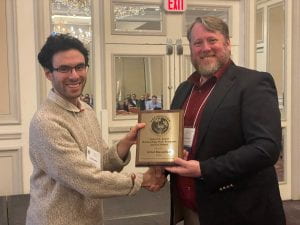


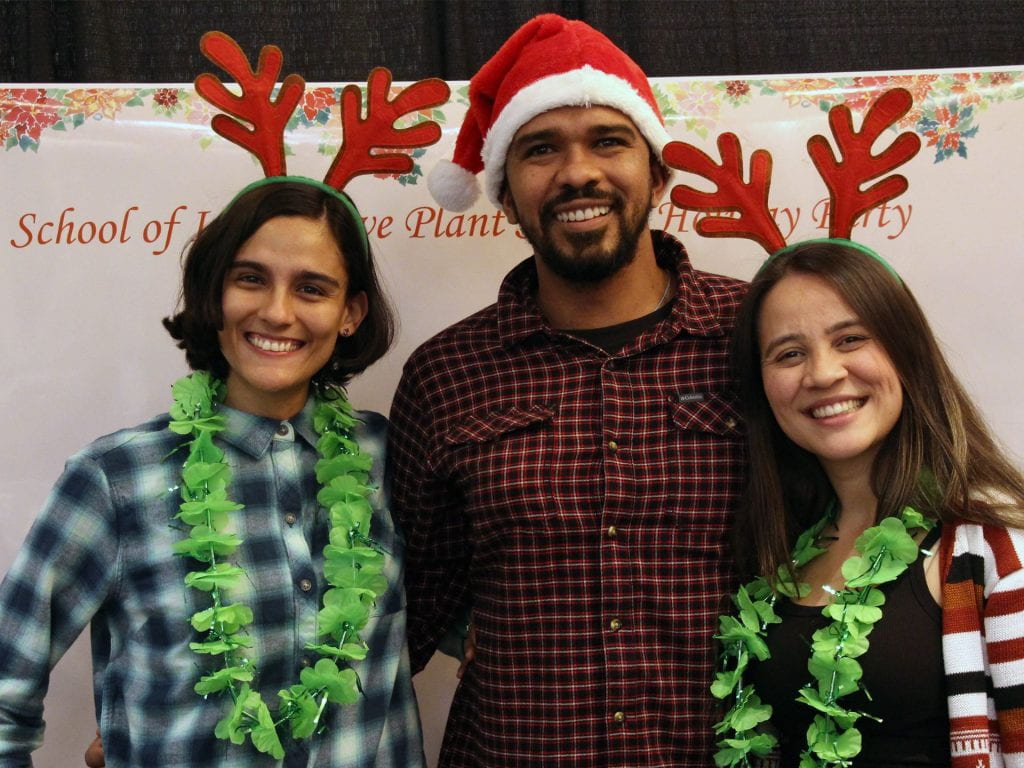
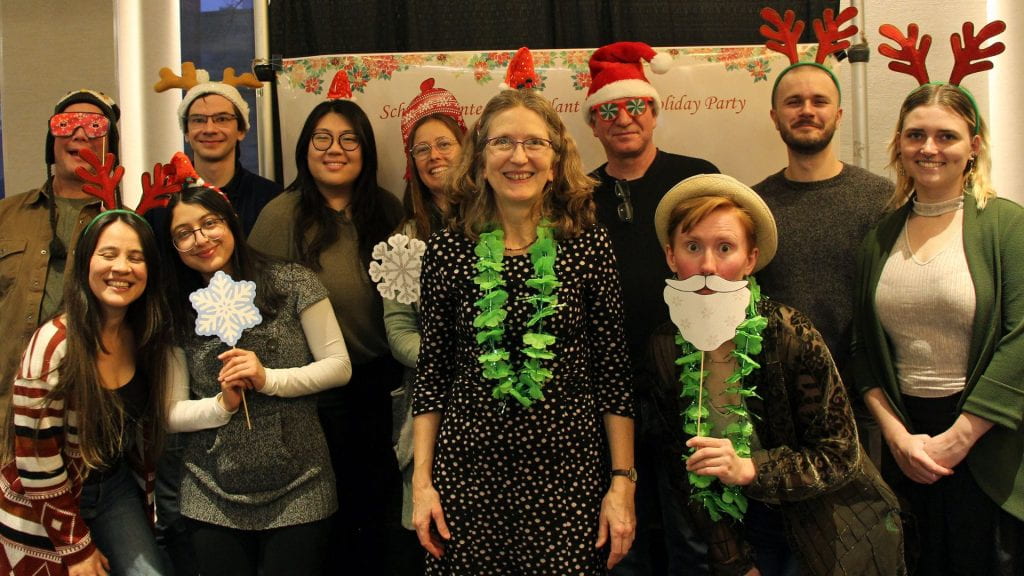
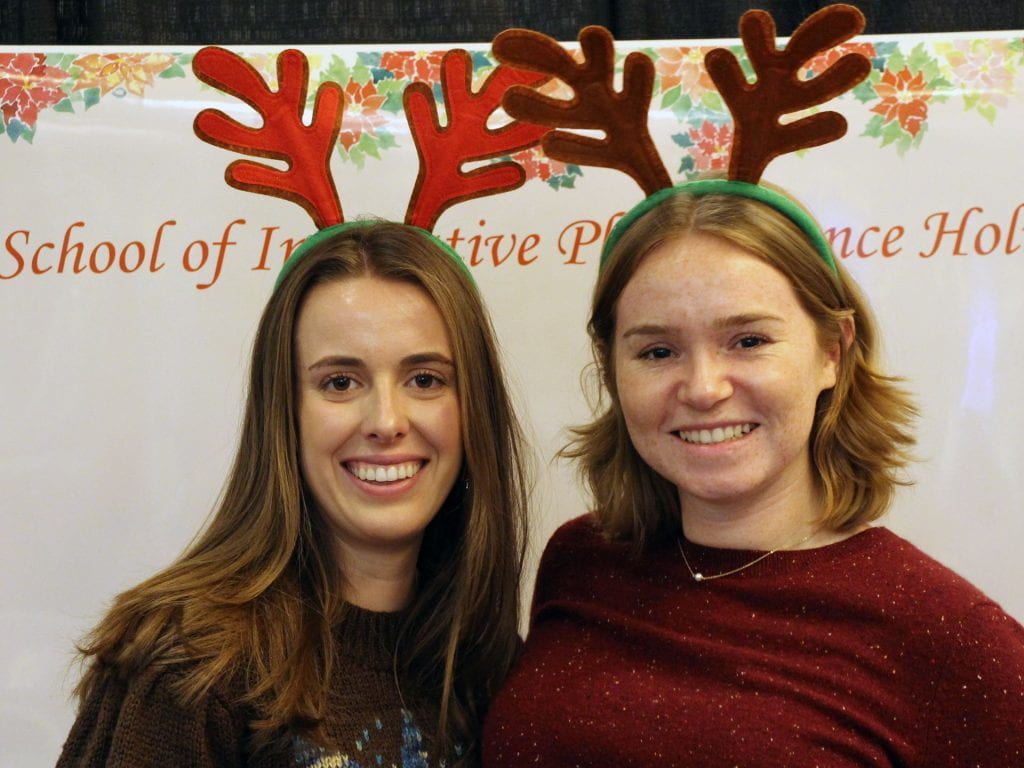
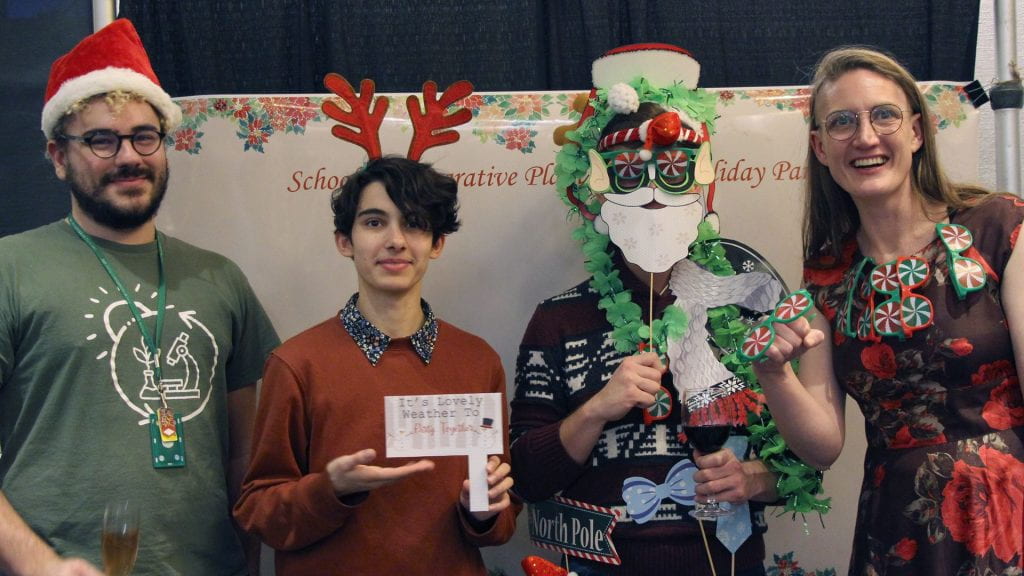
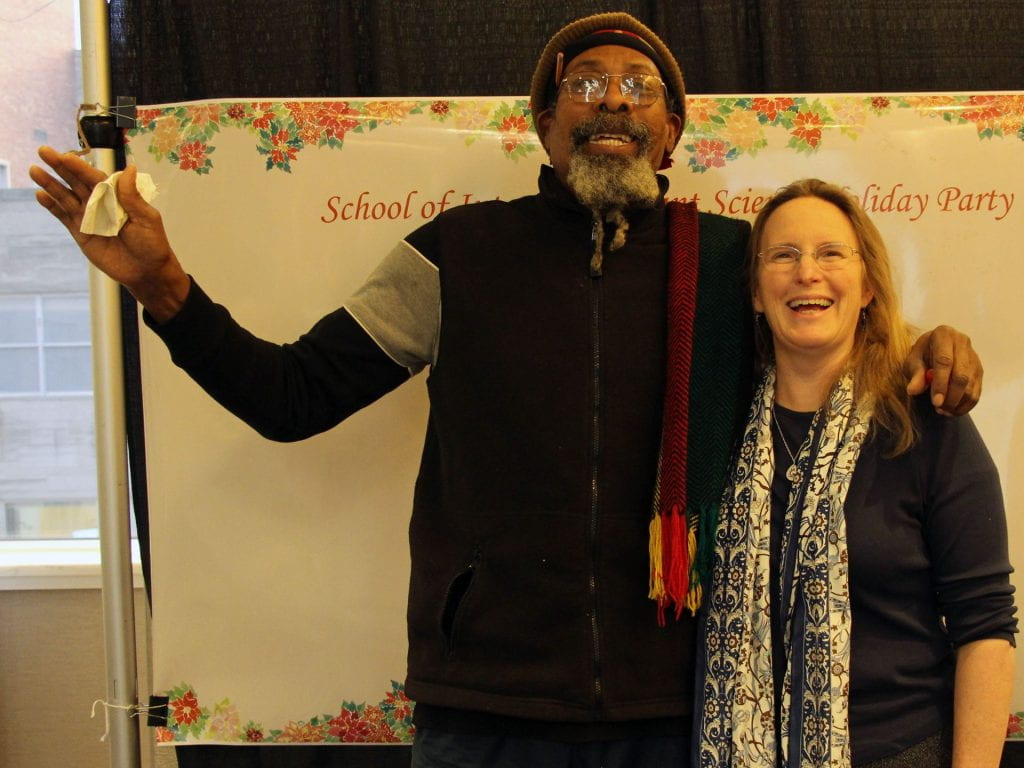
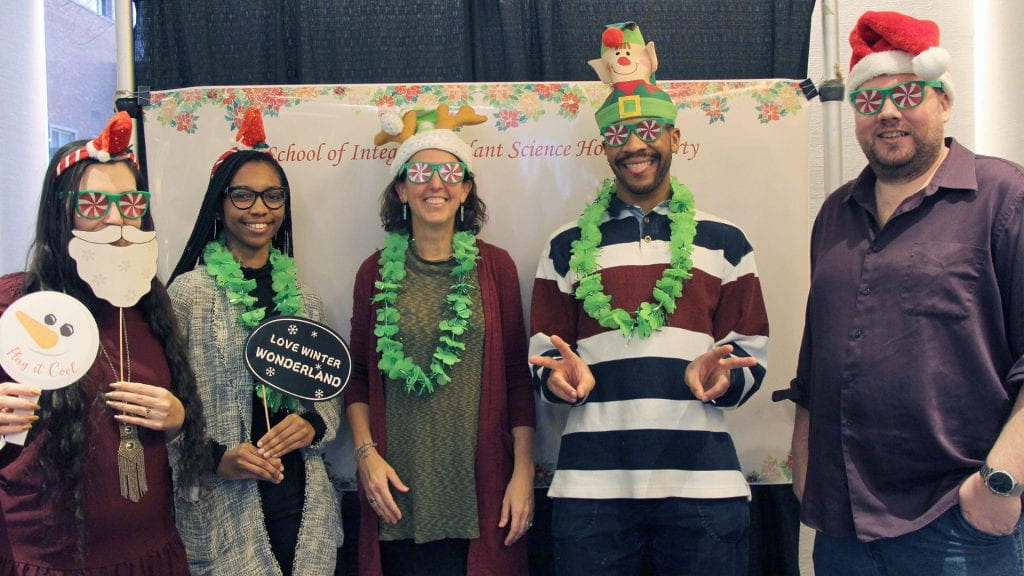
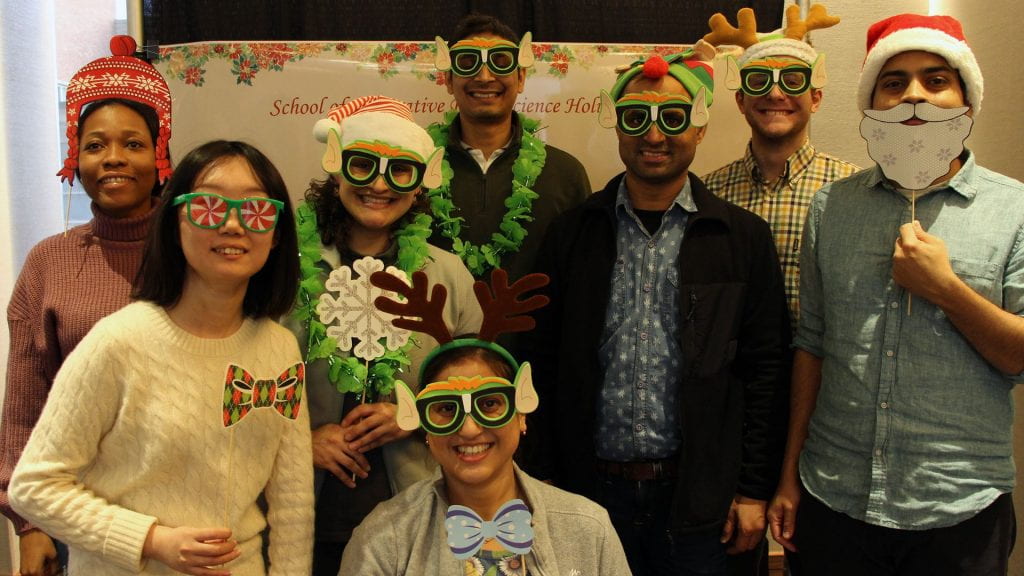







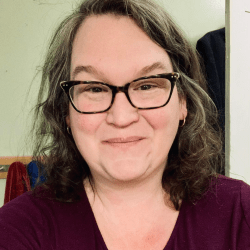 SIPS leadership is pleased to welcome
SIPS leadership is pleased to welcome